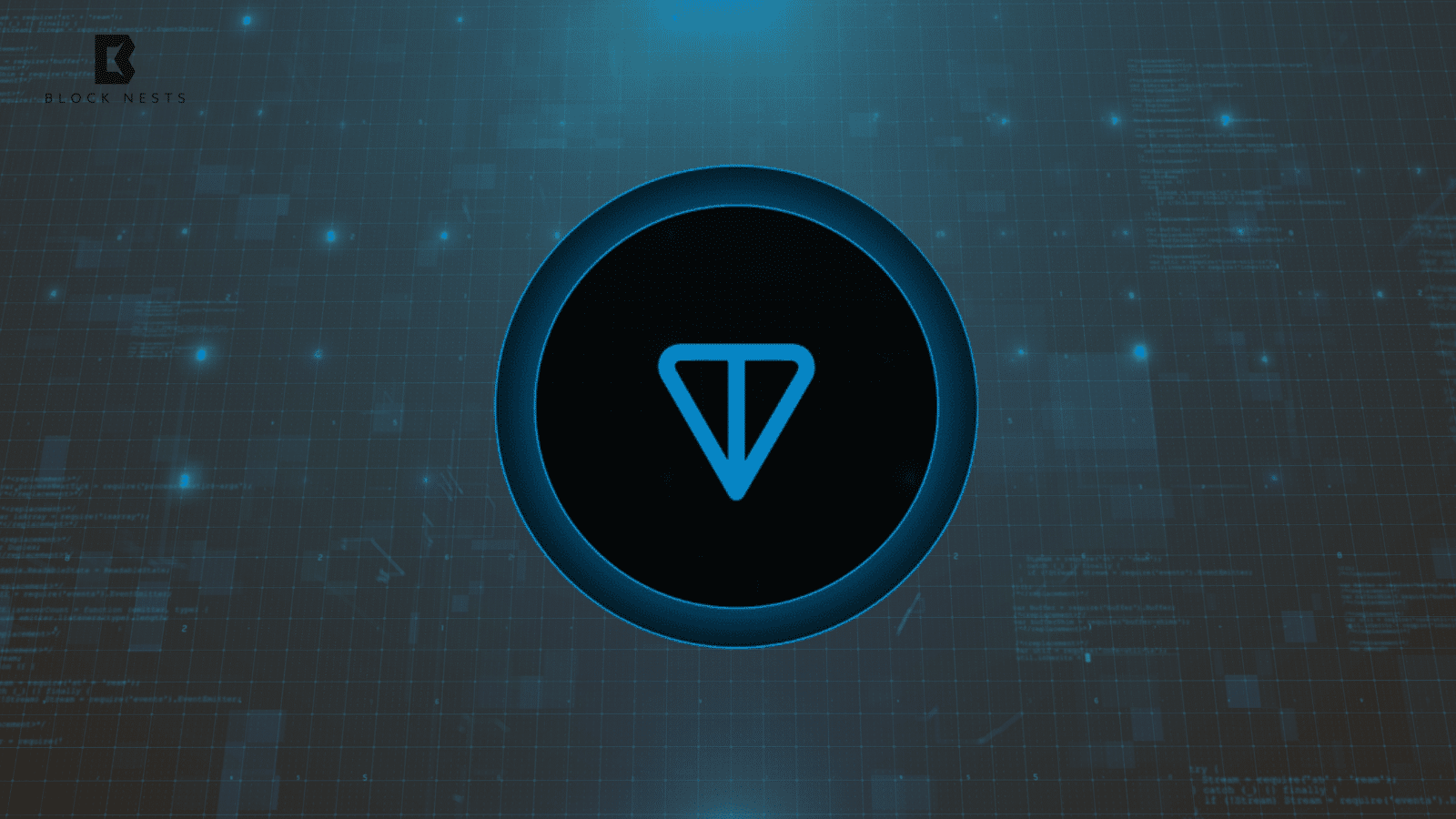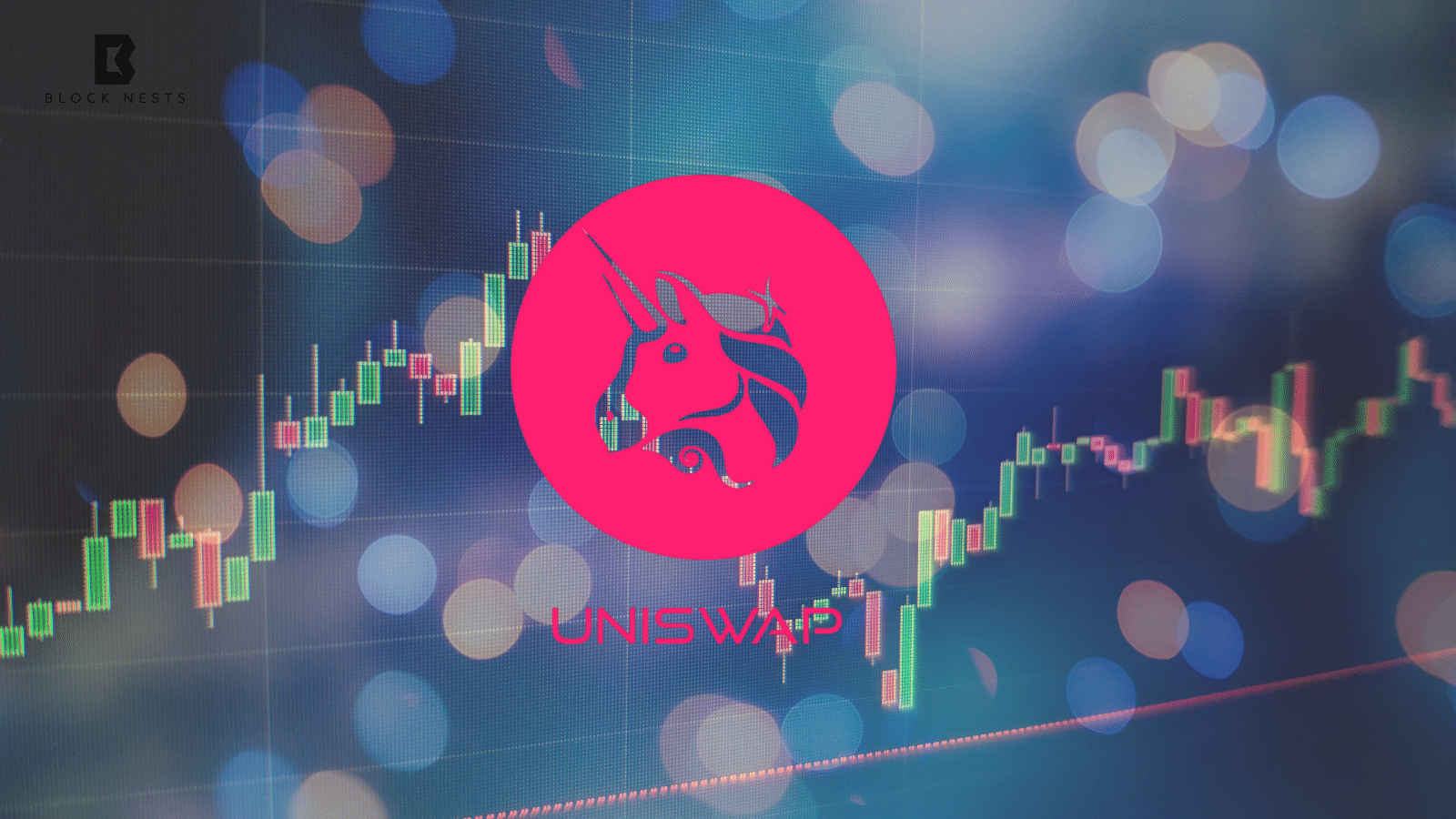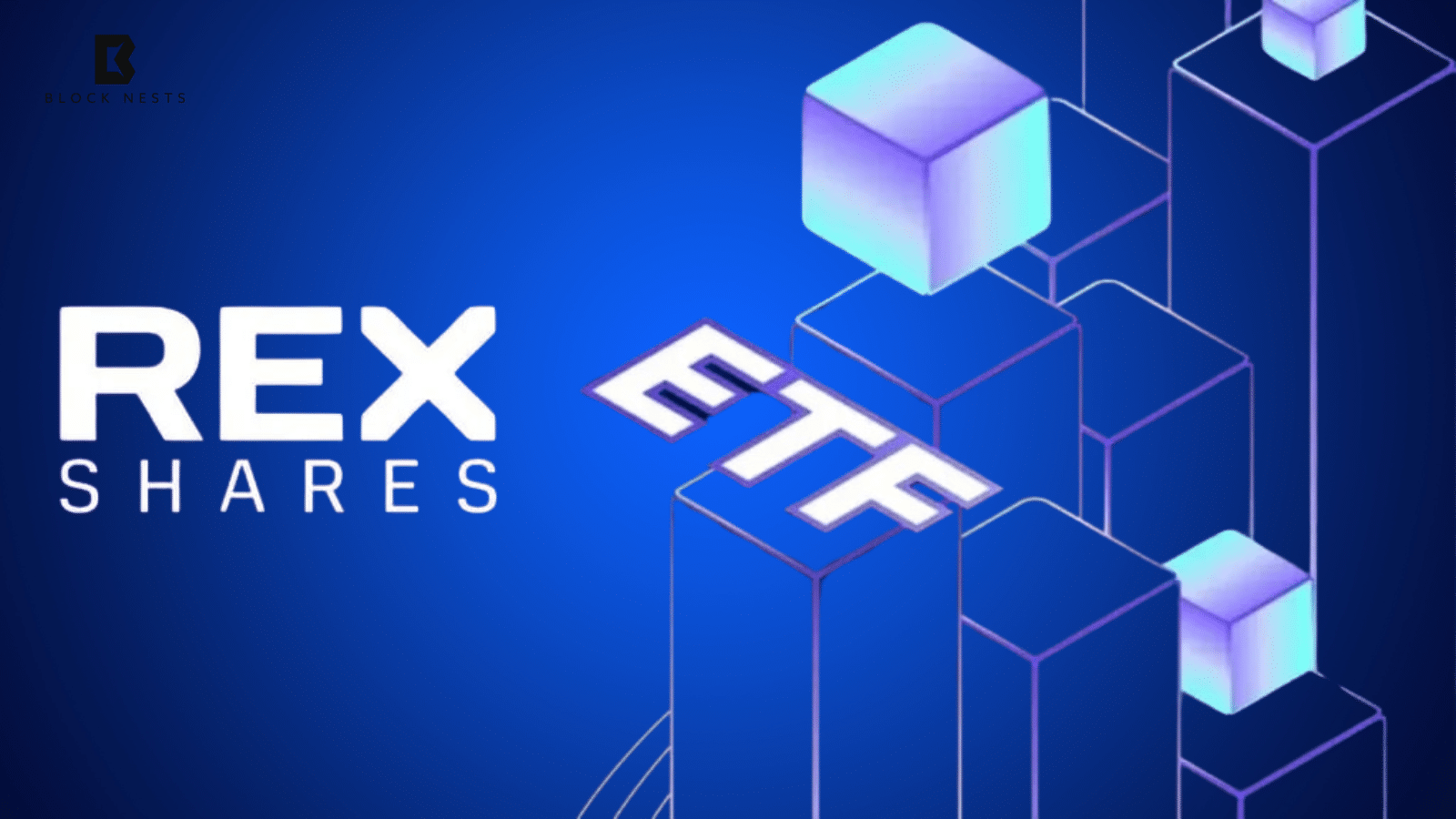- Layer-2 solutions, like Eclipse on Ethereum, are argued to be more efficient, offering speed, security, and cost benefits.
- Yakovenko disagrees, claiming that well-optimized Layer-1 can be faster, cheaper, and more secure than Layer-2.
- Solana’s Solaxy scaling solution addresses congestion, while Firedancer aims to boost throughput to one million transactions per second.
The Layer-2 debate has reached new heights. Rip.eth recently posted on X, arguing that there is “no reason to build a L1.” He believes Layer-2s are more efficient, offering better speed, security, and cost-effectiveness without the complexities of new consensus mechanisms. Specifically, using the example of Eclipse, which is an Ethereum Layer-2 solution based on the Solana Virtual Machine.
A response came from Anatoly Yakovenko, Solana’s co-founder. He shares his opinion that Layer-2 solutions are not as good. Yakovenko further noted that even Layer-1 could still be faster, cheaper, and more secure, given proper optimization of the protocol. Unfortunately, he explained that Layer 2 brings security threats that include fraud proofs and multisig setups. Moreover, he highlighted the issue of slow-moving availability data layers, which highlighted the existence of delays and slow action in the availability of data.
There is no reason to build an L2.
— toly 🇺🇸 (@aeyakovenko) March 23, 2025
L1s can be faster, cheaper, and more secure.
They aren’t slowed down by a glacially moving L1 data availability stack, or have to compromise security with complex fraud proofs and upgrade multisigs. https://t.co/Ov3YAfz9U4
Layer-2 Rollups and Ethereum’s Future
Yakovenko dismissed doubts when requested to speak about Solana’s blockchain statistics. He said that Solana creates approximately 80TB of data yearly. This is too much for individuals to store but not enough to build a business around. To address the issue of storage, Yakovenko said there are already solutions like Filecoin that can deal with this type of data effectively.
Yakovenko’s opinions are rather opposite to Ethereum co-founder Joseph Lubin’s positions. Lubin reaffirms Layer-2 measures as necessary when it comes to Ethereum scaling. He said this at the Digital Asset Summit, where he expounded on the importance of Layer 2 rollups when it comes to Ethereum’s security and future. According to Lubin, such solutions are best executed on Ethereum.
Anyway, Solana is not losing its focus on Layer-2 solutions, as Yakovenko initially expected. Solaxy, a newly minted scaling solution, secured $19 million in February. It features transaction processing off the Solana main network, with some transactions being processed on a side chain. There is demand for such solutions because DeFi and meme coins on Solana have resulted in congestion on the network.
Solana has slated a new upgrade known as Firedancer that will enhance the network capabilities and scale to handle one million transactions per second. Nevertheless, network congestion is still an issue of concern. Some of the developers believe that, for long-term scalability, it is still best to rely on Layer-2 solutions.
How would you rate your experience?






